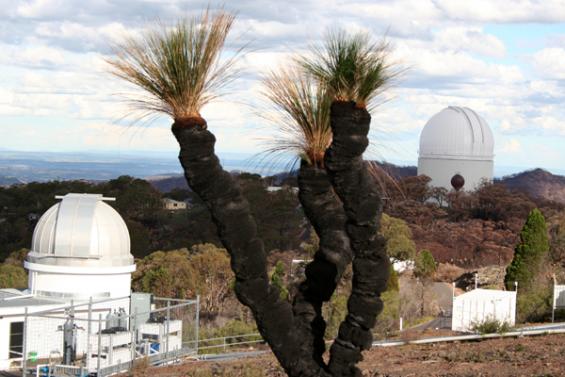Findings from the January 2013 bushfires in NSW

Resident experiences of the three most challenging bushfires from January 2013 in NSW have been analysed in a report by the Bushfire CRC.
Following fires at Coonabarabran, Yass and the Shoalhaven, the New South Wales Rural Fire Service engaged the Bushfire Cooperative Research Centre (CRC) to conduct community-based research, focusing on people’s preparation, decision making and actions during the fire.
NSW RFS Commissioner Shane Fitzsimmons said some areas of NSW witnessed unprecedented fire danger conditions.
“These were some of the worst fire conditions we have ever experienced in NSW,” Commissioner Fitzsimmons said.
“While more than 50 homes were destroyed, not a single human life was lost. This gives us an opportunity to take a close look at what people did before, during and after the fire, to learn from their experiences.”
Bushfire CRC researchers conducted 238 interviews around the areas impacted by the fires.
Across the three study areas, the major findings were:
- Many people had a basic plan for what to do when threatened by a bushfire, but few had documented it or used the NSW RFS Bush Fire Survival Plan kit to document their response.
- Most interviewees felt well prepared and had prepared their family much more than their home and property, and over half had cleared space around their home.
- Interviewees, once they received information or warnings, often sought more detailed, localised or updated information, such as from local RFS sources, friends, neighbours and the media.
- As the fires spread, the naming of fires based on their starting point did not reflect their current location, leading to some misperceptions of fire position for some people.
- While telephone alerts are now the preferred method of warning for many in the community, many interviewees were unable to receive messages due to a pre-existing lack of mobile phone coverage in the affected areas and this contributed to their delayed decision-making.
- Few residents understood the implications of the different fire danger levels on their safety, and actions to take at each, apart from Catastrophic.
Bushfire CRC chief investigator Dr Jim McLennan said the research shows that the perceived risk of a bushfire is commonly low, despite many areas being high risk.
“Few residents of bushfire-prone areas are actually prepared and ready to leave safely – a majority of people do not have any real appreciation of what a serious bushfire entails, because they are such rare events for any given location,” Dr McLennan said.
Findings from the research are informing the NSW RFS’s community safety work.
The report is available for download: www.bushfirecrc.com/sites/default/files/managed/resource/bushfire_crc_nswrfs_final_nov13_0.pdf
A Fire Note about the research can be viewed at www.bushfirecrc.com/resources/firenote/how-three-communities-reacted-bushfire
For further information contact
NSW RFS
State Duty Media Officer
(02) 9898 1855
Bushfire CRC
David Bruce
0414 223 281
FOR MORE INFO ...
-
Communications Manager


